Brand elements include how your customers perceive your company, everything from logos, colors, copywriting, messaging, even down to their interactions with customer service. It is the sum of their experience with you and it shapes their opinion of you.
A strong brand story shares a consistent, compelling message that resonates with your target audience and sets you apart from your competitors.
Where to Start with Branding
To use branding to tell a story to your customers, start by identifying the key elements of your brand story. Ask yourself questions like…
- What are your core values?
- What is your unique selling proposition?
- What are your customers’ pain points, and how do you solve them?
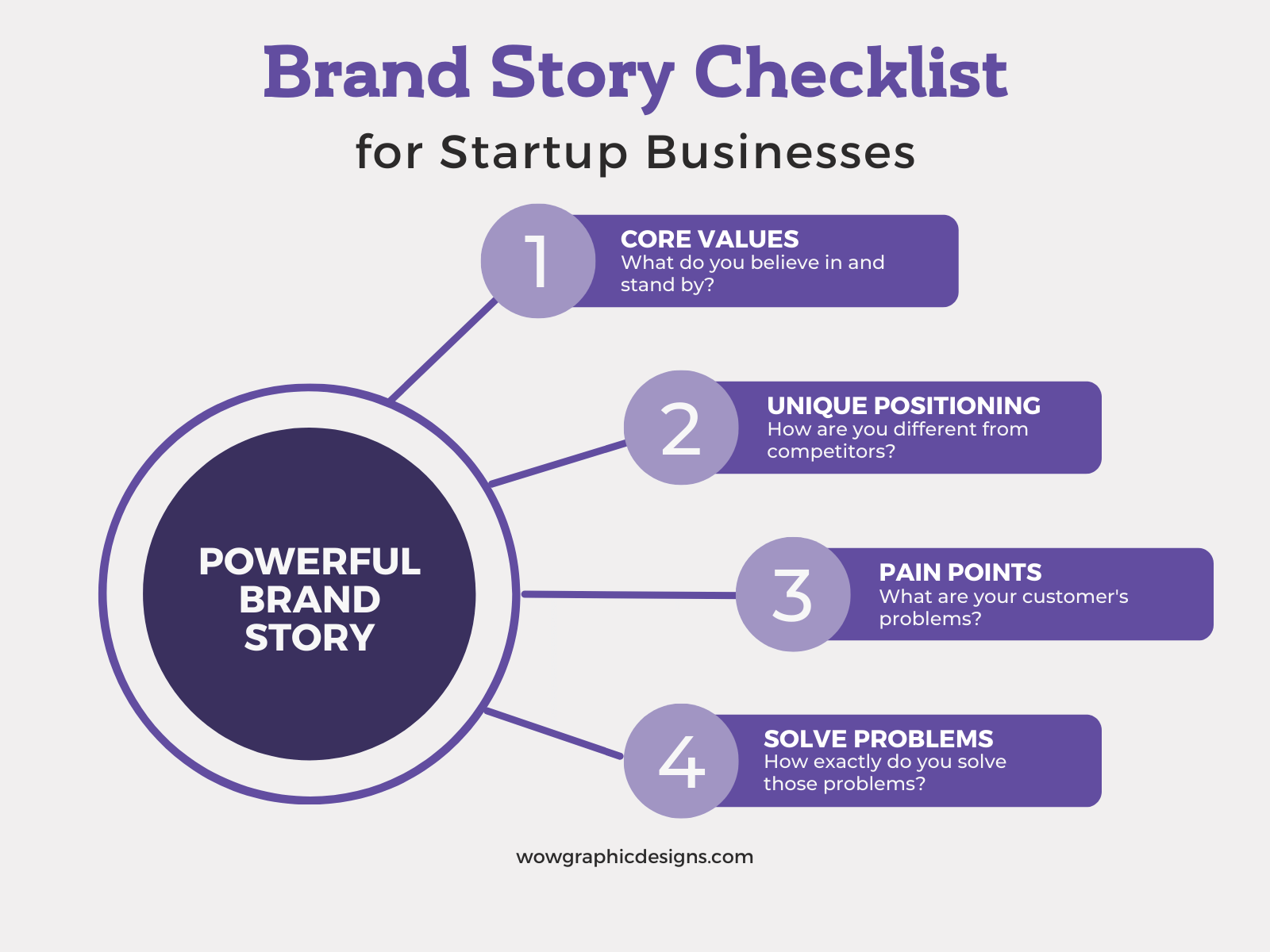
Once you have a clear understanding of your brand story, you can start to craft messaging and visuals that communicate these messages to your customers.
Be sure to stay true to your core values. Your story should be authentic, relatable, and relevant to your target audience. And, most importantly, it should be clear how you can solve your customers’ problems. By effectively communicating your brand message, you can build trust and loyalty with your customers and turn them into lifelong fans.
The Main Elements of a Brand
Logo
This one might seem self explanatory, but a company logo does much more than look nice. A well designed logo is created to specifically speak to that company’s target audience.
It’s crucial because it is the most visible and recognizable element of your branding. The logo is often the first thing that people will see when they come across your company, so it is important that it is designed in a way that is memorable and represents you in a positive light. A well-designed logo can help to create a strong and lasting impression, which can be vital in building brand equity and loyalty.
When having a logo designed, here are a few mistakes to avoid:
- Don’t try to be too clever – Keep it simple and easy to understand
- Don’t make it too busy – A busy logo will be hard to remember and could turn potential customers away
- Don’t make it too similar to other logos – This could create confusion and make it difficult for customers to remember you
- Don’t use clip art or stock images – This will make your logo look amateurish and could damage your reputation
How do you design a great logo?
Keep it simple, use easily recognizable symbols or shapes, use colors that represent your brand, and avoid using too many colors or gradients. Additionally, the logo should be easy to reproduce in various formats and sizes.
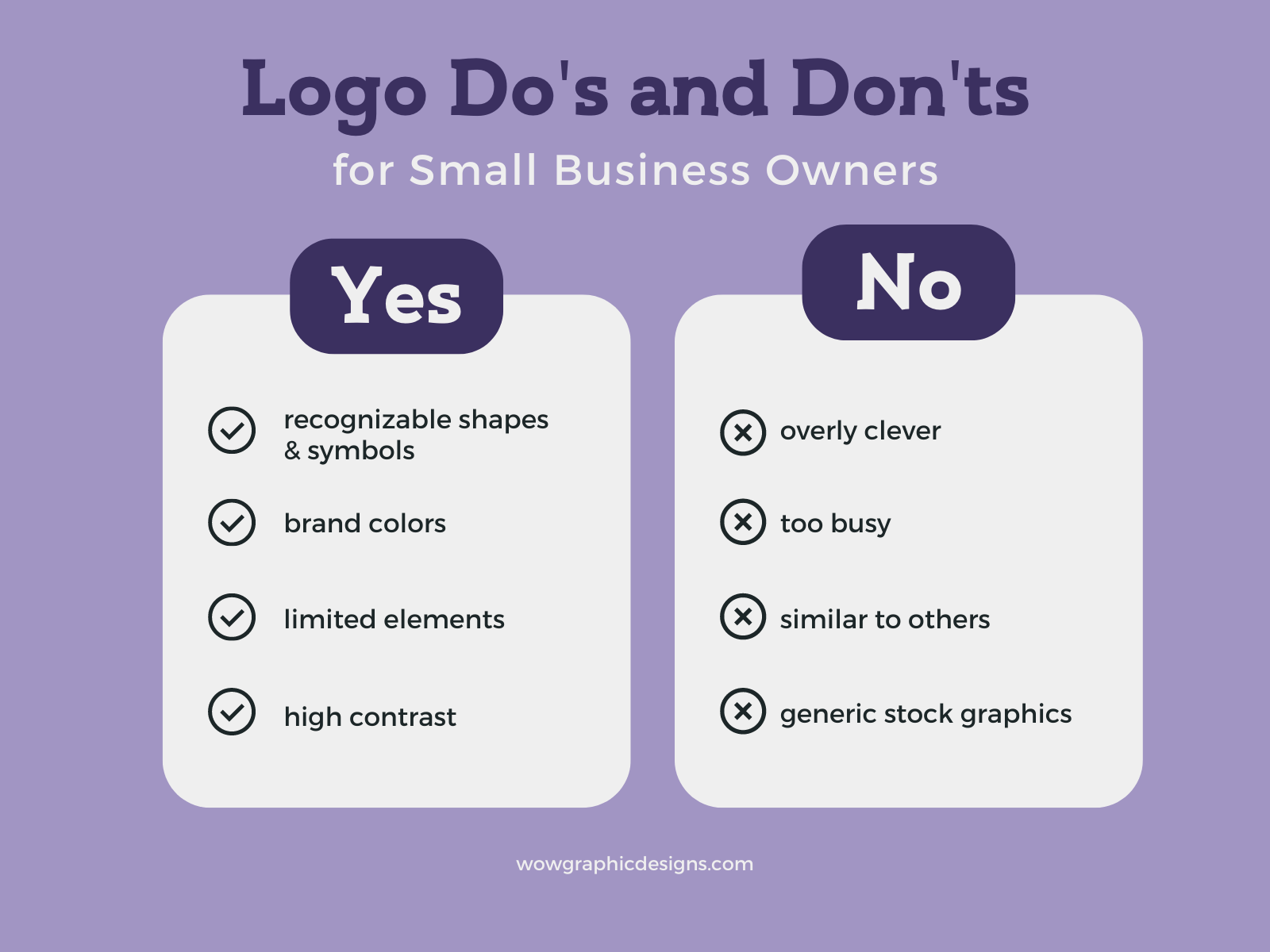
Colors
Different colors can evoke different emotions in people. For example, the color red might make someone feel passionate, while the color blue might make someone feel calm.
Take a look at many pharmacy websites. The predominant colors are greens and blues and whites. This color combo reminds people of a medical setting. They are associated with capable doctors and medical experts who are going to make you feel better.
Another example is outdoor brands like sporting goods or camping gear. The main colors are often vivid oranges, greens, browns, and blacks that reflect the natural environment and a sense of high energy.
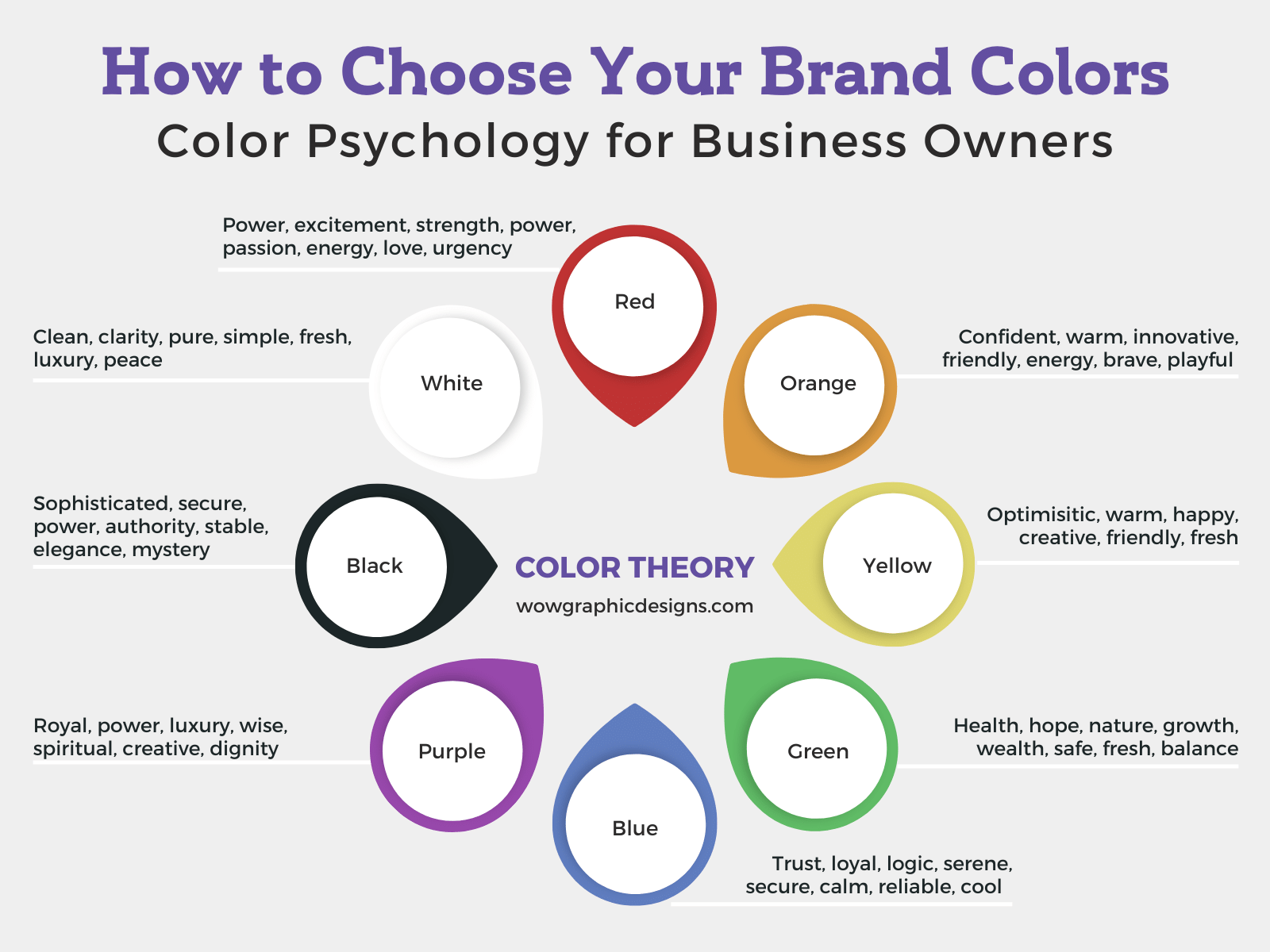
Color can also be used to target specific markets. For example, pastels are often used in products for babies and young children, while darker colors appeal to products for adults.
When choosing colors for your website or marketing materials, it’s important to consider how you want your ideal customer to feel.
For women small business owners, you might want to use colors that convey confidence and power, like red or purple. Or, you might want to use softer colors that convey warmth and approachability, like pink or yellow. Ultimately, the colors you choose should reflect the overall tone and message of your brand.
Copy
A lesser known element in brand identity, copy is still equally as important. Your brand needs to have a tone, and copy can enhance that tone where imagery cannot. Great brand copy reflects the rest of your branding elements and engages the target audience.
It should be distinct, consistent, and reflect your values. Use the same tone, voice, and language choices throughout all your communications, from your website to social media. Keep in mind who your ideal customer is and write copy that speaks to them directly. Be encouraging, positive, and let your unique voice shine through! It’s okay to write like you would speak to a friend. This will help create a more personal connection with your readers.
Some examples of unique voice include saying…
- “y’all” instead of “you”
- “hey there” instead of “hello”
- “thrilled” instead of “happy”
- “get in touch” instead of “contact us”
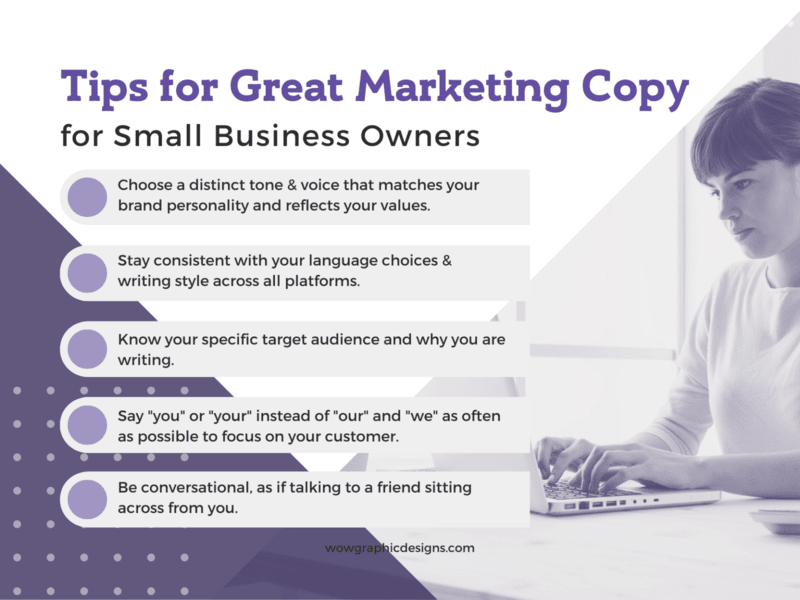
Imagery
Photography can be a powerful tool in branding, as it can help create a visual identity for a company or product. Branding photography should be used to communicate the company’s values and message in a clear and consistent way. This could involve using specific colors, locations, props, and models that align with the company’s brand. It is also important to ensure that the photography style is consistent across all platforms, from website to social media to print materials.
If you don’t have any photos for your business marketing, there are a few things you can do. First, consider using stock photos. There are many websites that offer high-quality stock photos that you can use for your marketing materials. A big mistake businesses make is to put a generic stock photo on their website that doesn’t match their brand. You see it a lot on accountants’ websites that feature a stock photo of a goldfish in a bowl while they’re talking about tax returns.
Another option is to hire a professional photographer to take some photos specifically for your marketing needs. A professional photographer can help you capture high-quality images that will make your marketing materials stand out as well as guide you on how to best use the photos for your needs.
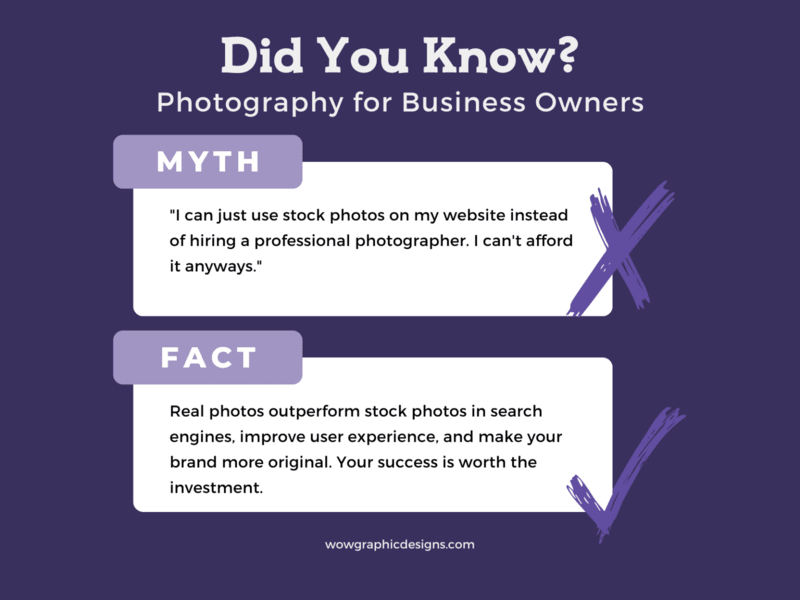
Finally, you can also try taking some DIY photos yourself. With a little creativity, you can probably come up with some decent shots that will work well for your marketing purposes.
When done correctly, branding can be an extremely effective way to tell a story. It can help connect a company or product to a specific audience, and create an emotional connection that can be difficult to achieve with other marketing methods. When creating a brand, it is important to consider the overall story you want to tell, and how each element of your brand can contribute to that story. With a well-thought-out brand, you can create a powerful and lasting impression that can help you achieve your business goals.
If you’re overwhelmed with the idea of branding and don’t know where to start, schedule a free Clarity Call with us today!


